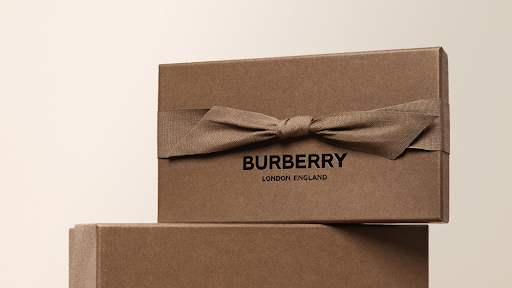If you’re anything like me, you’re constantly on the lookout for more environmentally friendly products. And in a world where plastic is becoming an increasingly bigger problem, eco-friendly packaging materials are a must. That’s why I was so excited to read about eco-friendly bottle packaging materials that will be popular in 2023. According to a report by Markets and Markets, these materials will account for over $10 billion in sales by that year. So if you’re looking for a way to be more environmentally friendly, start Bragging About It Now!
Bottle Packaging Materials: What They Are and What They Do
Bottle packaging materials are typically made of plastics, paper, and cardboard. PET plastic is often used for water bottles and other beverages. Bottles with recycled content can be made from post-consumer plastics, such as milk jugs. Paperboard can be used for juice boxes and other small packages.
Plastic bottle packaging has a number of advantages over other container materials. It’s lightweight, durable, and recyclable. The biggest downside to plastic packaging is that it creates landfill waste when it’s discarded. For this reason, eco-friendly bottle box packaging materials are becoming more popular. Some eco-friendly alternatives to plastic packaging include:
–Coffee cans: These cans can be re-used multiple times and are made of steel, aluminum, or copper alloy. They’re not permanent, but they’re also not subject to recycling laws like plastic bottles are.
–Reusable water bottles: Made of stainless steel, glass or ceramic material, these containers can be refilled multiple times and do not produce landfill waste when discarded.
–Food grade compostable PET containers: These containers are made from PET (polyethylene terephthalate) resin that has been treated with a biodegradable compound to make it compostable in landfills.
The Advantages of Eco-Friendly Bottle Packaging
Eco-friendly packaging materials are busting out in popularity. These materials are made from recycled or renewable resources, and often have a lower environmental impact than traditional packaging. They also tend to be more secure and leak-proof, which makes them ideal for products that require a high level of protection. Here are some of the advantages of using eco-friendly bottle boxes materials:
1. They Are environmentally friendly – Most eco-friendly packaging materials are made from recycled or renewable resources, which can reduce the environmental impact of manufacturing.
2. They are leak-proof and secure – Eco-friendly packaging materials are often more secure and leak-proof than traditional packaging options, making them ideal for products that require a high level of protection.
3. They are cheaper to produce – Eco-friendly bottle packaging materials can be cheaper to produce than traditional packaging options, which can make them an attractive option for companies looking to reduce their environmental impact without sacrificing quality or performance.
Types of Bottle Packaging: Glass, plastics, and aluminum
The popularity of eco-friendly bottle packaging materials is definitely on the rise. Glass, plastics, and aluminum all make great choices for this type of packaging because they are non-toxic, recyclable, and have a low environmental impact.
Glass: Glass bottles are often considered the most environmentally friendly choice for bottle packaging. They are 100% recyclable, which is a huge bonus, and they don’t produce harmful greenhouse gases when they’re used or recycled.
Plastics: Plastic bottles can be manufactured using a variety of chemicals and energy sources, so they have a lower environmental impact than glass bottles when it comes to production and use. However, plastic bottles do have some disadvantages compared to glass bottles. For example, they can be less recyclable and more toxic when in contact with oxygen.
Aluminum: Aluminum cans are often seen as the green choice for bottle box packaging because they are lightweight and easily recyclable. However, aluminum does have some environmental drawbacks compared to other types of bottle packaging. For example, it takes more energy to produce aluminum than other materials, and it is difficult to recycle properly due to its high content of toxins like lead.
How to Choose an Eco-Friendly Bottle Packaging Material
When it comes to choosing an eco friendly bottle packaging material, there are a few things to keep in mind. For one, it is important to choose a material that is both recyclable and biodegradable. Additionally, it is important to select a material that is opaque and sturdy so that the product does not leak.
Some popular eco-friendly bottle box materials include plant-based plastics such as cornstarch or agave nectar, cellulose-based materials like paper or bamboo pulp, and petroleum-free materials like waxes or beeswax. It is also important to consider the weight of the packaging material when selecting a substance for use in bottles. Selecting a heavier material will make the bottles more difficult to recycle, but may also result in sturdier bottles that do not leak.
Conclusion
According to a report from GreenBiz, by 2023, 70% of the world’s population will live in cities, and as a result, the demand for sustainable materials will continue to increase. One of the most popular types of packaging material made from sustainable materials is eco-friendly bottle packaging. Not only are these materials more environmentally friendly than traditional options, but they’re also more durable and easier to recycle. If you’re looking to break into this market sector and meet rising consumer demand, using eco-friendly packaging materials is one strategy you should consider.
